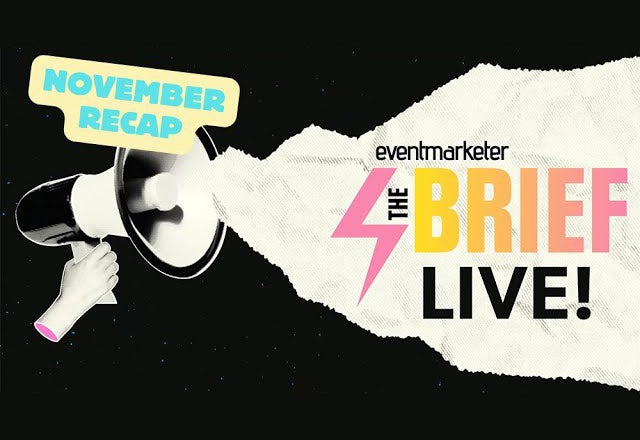
And you want to do what? Run an incentive program?”
During this period of financial turmoil and economic downturn, the previous response is all too often the retort managers hear when they suggest introducing or continuing an incentive program.
Yes, the initial “knee-jerk” reaction is to pull back, hunker down and wait for the dark economic clouds to clear. For some very distressed organizations, this reactionary approach may be the only course available. However, for the majority of companies, this is an opportunity to retrench, refocus and re-energize — a perfect application for well-designed and implemented promotional, incentive and recognition programs.
Management tools are always effective when appropriately applied and tailored to the situation. And incentive and recognition plans are no exception. It is during economic downturns that all effective management tools need to be fully examined and deployed to ensure that the downturn is minimized. It is exactly during these times that tools like incentives and recognition can have their most impact — both short and long term.
In fact, reward and recognition programs address the basic human need to be valued, to have one’s efforts appreciated. Enlightened organizations know this and ensure that their programs are not the victims of unbridled cost cutting. These companies know that recognition is an investment and a critical element of a total rewards strategy — not a nicety, but a necessity.
If we look at a company’s distribution channel, for example, the competition for “share of mind” is never greater than when channel sales are down. The sales force is more stressed than usual and in need of encouragement and support. Add to this the elimination of a competitor’s incentive program and/or marketing support, and this becomes a great opportunity to build relationships and drive sales.
In tough times, it is even more important to invest in your channel partners to let them know they are critical to your business and that you are prepared to support them. This is also the time to bolster your sales force, which may be facing more rejection. Let them know through incentives exactly what is important and that you are behind them. And it is also time to let your customers know how important they are to you.
Today while we are being inundated with bad news, the message we need to communicate is that there can be a silver lining when companies deploy effective incentive and recognition programs. Now more than ever it is important to focus on employee morale in order to retain our key employees.
Employees are being tasked to take on more with less. Many companies will initiate layoffs and create what is known as the “survivor syndrome.” The employees who remain can feel guilty for being retained while their colleagues were let go. Additionally, those remaining realize that people are gone but the work remains. This is a perfect environment to beef up or introduce a recognition program.
A recent study by the Human Capital Institute in Washington, D.C., identified employee “professional transitions” as critical to developing loyalty. The study found that when managers acknowledge, show empathy, and support the employee during family and professional transitions, the employee’s work is impacted. Specifically, 84% of the respondents said that the company’s response to these transitions impacted their work.
It is time to celebrate the small wins — and it all goes back to focusing on the human side of the business, maintaining and building relationships, to balance the focus on the financial side.
When times are tough, people are tested. Some rise to the occasion and do “heroic” deeds, and others crumble. For your employees, now is the time to look at the total incentive package — not just salary and benefits, but work/life, recognition, variable pay and non-cash incentives. Now is the time to invest in your channel and employees — and that can be done in measured, but meaningful, cost-effective ways through promotional, recognition and incentive programs.
History is a guide at these times, and past experience shows that incentive programs are a basic tool that works through thick and thin.
Rodger D. Stotz is chairman of the Industry Leadership Council Advisory Board of the Incentive Federation. He can be reached at deltaqi@snet.net.



